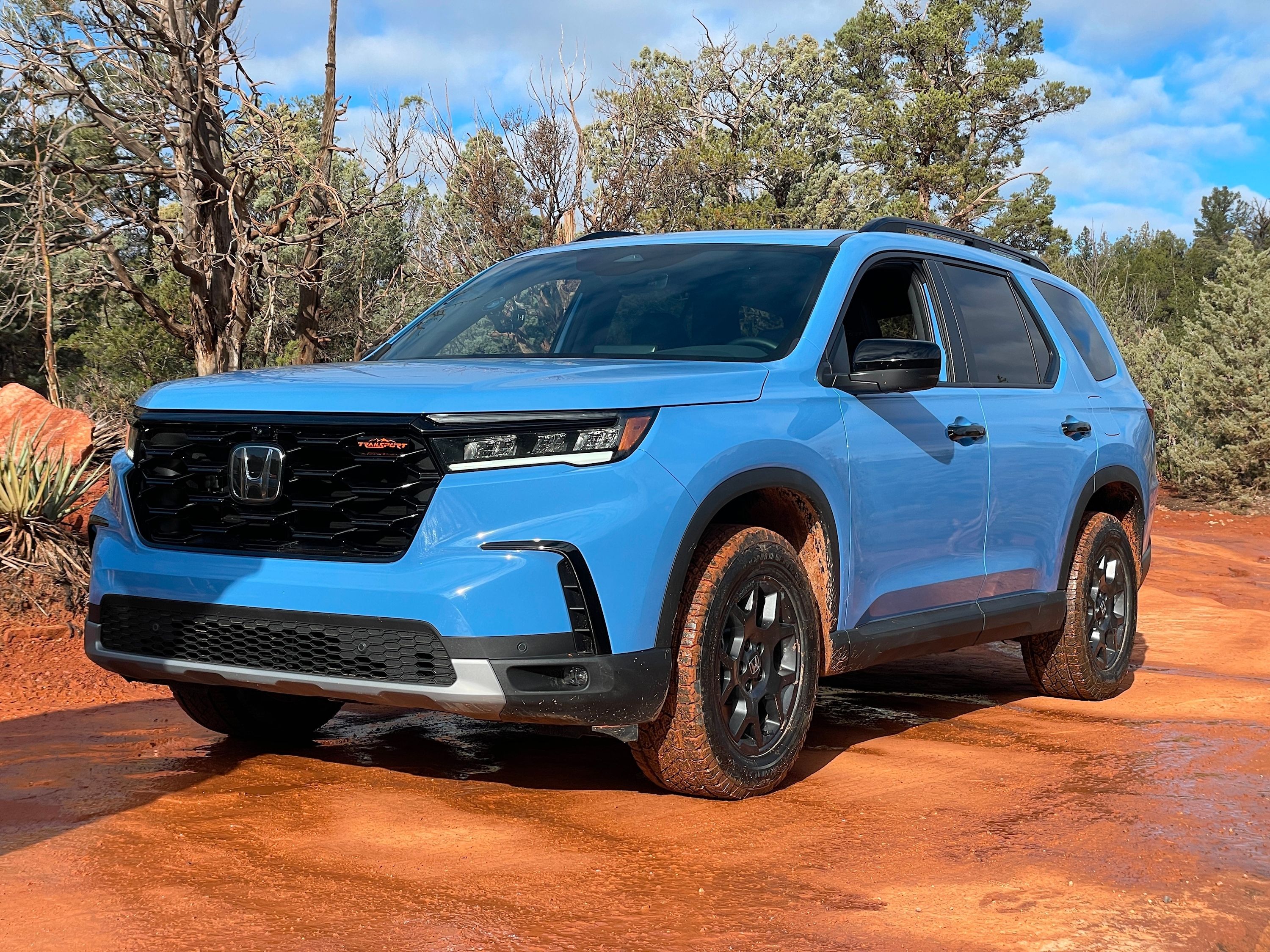
After killing off the Clarity Electric, Honda no longer offers an electric vehicle in the United States market. The adorable Honda-e recently won the World Urban Car of the Year award, but sadly this model is not slated to arrive here either. Honda has now set bigger goals for its electrification plans in the US, announcing that 100% of its sales will come from EVs by 2040. This news comes after a long line of automakers announced their plans to go all-electric by a certain year. Jaguar said it would be a fully electric brand by 2025, while Cadillac announced similar plans for 2030.
Speaking of Cadillac, General Motors will play a major role in Honda's zero-emission future. Honda will release a new e:Architecture starting in the second half of the decade, borrowing GM's Ultium battery pack architecture. GM will help Honda develop two large-sized EV models, one of which will sell under the Honda brand while the other will wear an Acura badge. Perhaps we could see an electric Honda Pilot or Acura MDX by the end of the decade.
Both models will hit the North American market as 2024 model year vehicles. The Honda version will come from the same Mexican plant where GM builds the Chevrolet Blazer and Equinox. The Acura will be built alongside the upcoming Cadillac Lyriq in Tennessee. If these models use the same powertrain as the Lyriq, we can expect a 100-kilowatt-hour battery pack driving a rear electric motor with 340 horsepower and 325 lb-ft of torque, enabling a 300-mile estimated driving range.
Before Honda reaches 100% electric sales volume, it set smaller goals in the years leading up to 2040. The Japanese automaker targets 40% electric sales by 2030 and 80% by 2035. In addition to battery-electric vehicles (BEVs), Honda will continue to offer fuel cell electric vehicles (FCEVs).
Independent of its partnership with GM, Honda set a goal to offer solid-state batteries on its EV models by the second half of this decade. This advanced battery technology should increase capacity and lower the cost of production. Honda's zero-emission announcement comes with an added safety component as well.
The company plans to add omnidirectional ADAS (advanced driver-assistance systems) to its Honda Sensing safety suite by 2030. This technology will enable Level 3 automated driving, like what Honda offers on the Japanese market Legend sedan. Honda wants to have zero auto and motorcycle collision fatalities in its global products by 2050.
